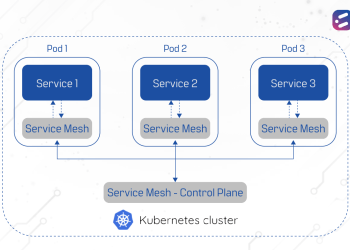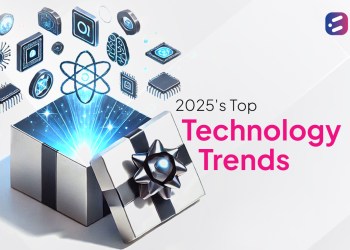Today’s workforce is fast-paced and mobile – even if they have a desktop-based workstation, most employees continue to use their smartphones for checking official emails and other work-based activities. While this makes the workplace far more flexible and productive, it also poses a threat to data security for organizations. This is why Enterprise Mobility Management (EMM) becomes crucial to any organization.
Enterprise Mobility Management refers to a set of technologies, policies, and actions undertaken by an organization to manage the use of company-owned and employee-owned mobile devices. It is the only way through which organizations can monitor, manage, and control official content and applications which are being accessed remotely through mobile devices.
The primary aim of EMM is to protect enterprise data. However, it is also a way through which organizations can facilitate employees’ use of their smartphones for official work. The concept of EMM originated in 2007 – with the introduction of the iPhone – and with Bring Your Own Device (BYOD) becoming the norm, it has evolved over the years to what it is today.
Components of Enterprise Mobility Management
An organization’s EMM may include one or more of the following components:
Mobile Device Management (MDM)
MDM was the first EMM component to be established. Functionally, an MDM profile installed in a mobile device can be used to remotely encrypt, control, and wipe data, delete applications, enforce device-level policies, configure the operating system, and more. In other words, MDM offers the organization’s IT team with control of the entire device and is therefore preferred for company-owned devices used by employees.
Mobile Application Management (MAM)
With MAM, security policies can be applied to certain enterprise apps that employees may be using on their smartphones or tablets. Sharing of data from these apps can be controlled and, when the employee leaves the organization, allows the remote deletion of these apps. MAM can also be used to install, update, manage licenses and notifications related to these enterprise apps.
Unlike MDM, it neither gives the IT team control of the entire device nor does it allow management of personal apps installed in the device. MAM is ideal for organizations that follow a BYOD philosophy.
Mobile Identity Management (MIM)
Mobile identity management (MIM) is related to Identity and Access Management features, but specific to mobile devices. Especially when it comes to certain apps that contain business-critical data, organizations may feel the need to restrict their access from unrecognized devices. An MIM includes the installation of device-based certificates, implementation of single sign-on, code signatures within apps, and so on.
Mobile Information Management (MIM) & Mobile Content Management (MCM)
Mobile Information Management, deals with the organization’s control of databases that can be remotely accessed from mobile devices.
Mobile Content Management is all about protecting the access, use, circulation of official content and downloaded documents.
Mobile Expense Management (MEM)
Mobile Expense Management, as the name suggests, is used for tracking and controlling communication costs incurred by company-owned devices or employee devices that are covered by an allowance from the organization. MEM is also used to audit mobile usage and enforce policies related to expenses.
Depending on the nature and need of your organization, it is important to design and implement a customized EMM solution that utilizes one or more of the components described above. Talk to CloudNow today to know how you can achieve the right kind of control to ensure data security and user productivity.













